Leading Primary Schools in England Revealed
Prominent head teachers advocate for a more enjoyable learning environment in primary schools to help address the achievement gap exacerbated by the pandemic.
The Sunday Times Parent Power rankings of the finest primary schools in England indicate that institutions in London and the southeastern region maintain a strong presence among the top ten. Four of these schools secured positions in the capital, with Carlton Junior and Infant School in Dewsbury, West Yorkshire, earning the title of Primary School of the Year in the North 2025, positioned eighth nationally. St Charles’ RC Primary School in Gosforth, Newcastle upon Tyne, is the leading school in the northeast at 31.
The list of 1,000 primary schools represents nearly 6 percent of the total 16,764 primary institutions across England. Current statistics reveal that the overall levels of combined reading, writing, and mathematics skills have yet to recover to pre-COVID standards. In the recent tests conducted in May, 61 percent of students met the expected levels in English, grammar, and math combined, a slight improvement from 60 percent last year but down from 65 percent in 2019, marking the last year that Sats assessments were conducted prior to the pandemic.
This league table, compiled using the first set of Department of Education-approved data since 2019, showcases the effectiveness of certain schools in aiding students referred to as the ‘lost generation’ in recovering post-pandemic. At the same time, educators continue to confront challenges such as declining attendance, a mental health crisis, and an increase in students with unhealthy habits and emotional difficulties.
Evelyn Chua, the head teacher of Hampden Gurney CofE Primary School in Westminster, central London, leads the rankings with an impressive average score of 115.3 out of 120 across reading, writing, and math, gaining the coveted title of Primary School of the Year 2025. Chua emphasizes the importance of promptly welcoming all students back to the classroom while focusing on their well-being along with achieving high academic standards.
Chua’s initiatives included dismissing underperforming teachers, addressing the issue of parents taking children out during term time, and implementing “golden rules” that encourage students to always strive for their best.
“When I took over, expectations at the school were not as high,” Chua explains. “The motto was more about ‘do what you can’. We had to change the entire ethos, as we faced challenges from parents, educators, and students all struggling with low performance.”
Upon returning after school closures, younger students experienced difficulties reintegrating and sometimes became emotional. Chua introduced a worry box, allowing children to express their concerns through drawings or notes. Additionally, a “regulation zone” was established to help students identify and manage unsettling feelings using colors and facial expressions.
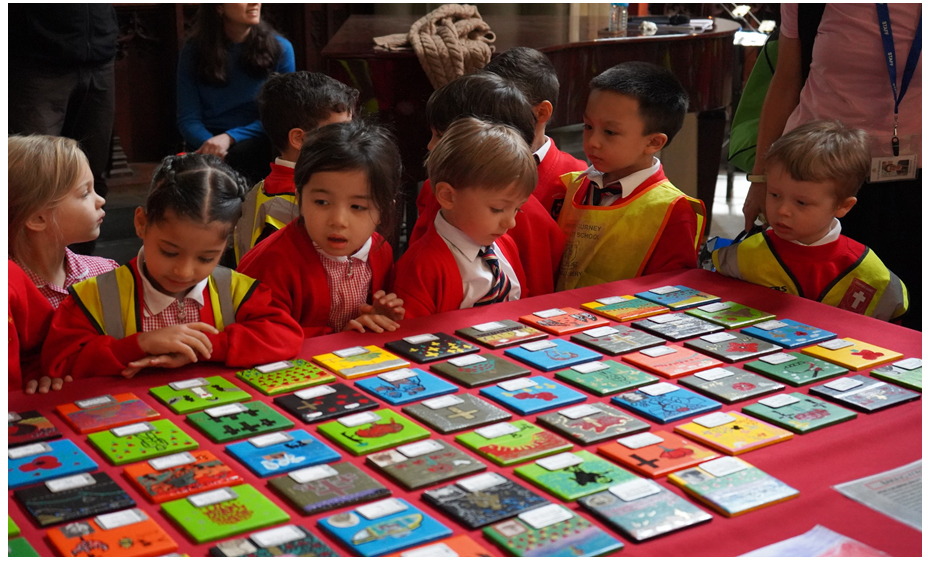
“Narrowing the curriculum to focus solely on core subjects would be a disservice, as schools cater to more than just academics,” Chua points out. The school also offers after-school clubs ranging from coding to drama and sports, encouraging every child to discover their unique talents.
Similarly, Dave Rooney, head teacher at Lowbrook Academy in Maidenhead, which ranks second in the table, supports this philosophy with a focus on nurturing happy and healthy high achievers.
He believes the arts and sports are crucial elements of the school’s identity. The school invites local clubs to engage students in various activities, from archery to dance, and encourages them to pursue these interests within the community as well.
Classes often incorporate real-world examples related to local industry, such as field trips to view the Maidenhead Railway Bridge. “We take the children to explore Brunel’s bridge, once the longest arch bridge in the world, and then return to create their own bridge designs in class,” Rooney shares.
At Lowbrook Academy, students are encouraged to adopt a “growth mindset,” with phrases like “I can’t do it yet” replacing negative self-talk about their abilities.
The school has also established a well-being room and employs three counselors to support students grappling with anxiety in the aftermath of the pandemic. A unique addition to the school’s environment is Rosie, a one-year-old Labrador-collie mix who assists in comforting students and encouraging them to be active.
“A child who struggles to speak in class has found her voice while walking Rosie,” Rooney recounts. “Others who refuse to read aloud enjoy sharing stories with her because she simply listens. She particularly loves ‘The Very Hungry Caterpillar’ because the kids poke their fingers through the pages, which she enjoys.”
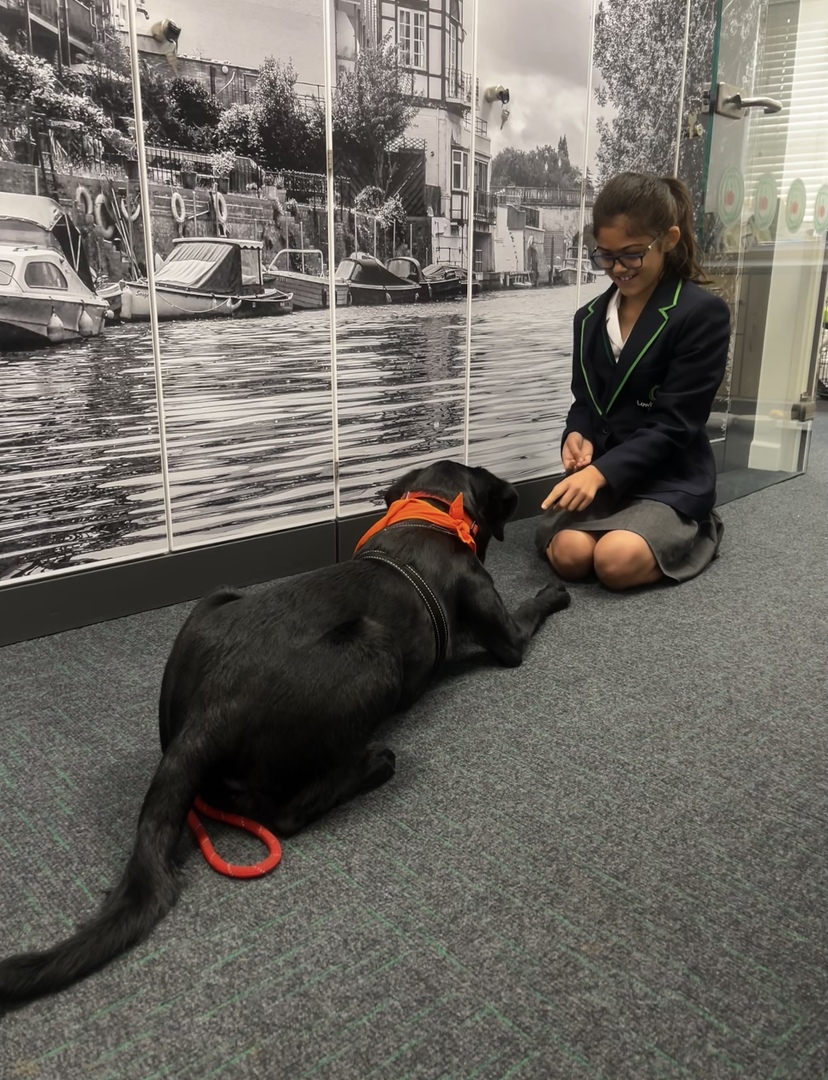
Creative initiatives, high ambitions, and dedicated teaching staff characterize many of the successful schools listed in the rankings.
Carlton Junior and Infant School in Dewsbury, despite its location in a less affluent area of northern England, offers “extraordinary opportunities for its students, typically associated with more privileged backgrounds,” says head teacher Rizwana Mahmood-Ahmed. These experiences include trips to esteemed institutions like the University of Oxford, Sandhurst military academy, and the Royal Ballet, along with opportunities for horse riding, skiing, and violin lessons.
“My philosophy is to help children aim for excellence by exposing them to the best experiences possible,” Mahmood-Ahmed asserts. She prefers not to label her students as “underprivileged” or “deprived,” arguing that focusing on challenges needs to be paired with proactive solutions.
Since her arrival as head teacher in 2014, Mahmood-Ahmed has guided the school to significant academic improvements, with students successfully gaining admission to prestigious universities and securing careers in law and education. Many students are from local Pakistani and Indian families. By age ten, the children have been introduced to classic literature, including Shakespeare.
“When I joined, we were deemed a failing school; we have transformed significantly since then,” she states. “Last year, we ranked second nationally for reading and third for math in Sats tests. We also received 184 applications for just 30 spots in the reception class last year.”
She notes a change in students’ resilience post-pandemic and the school’s ongoing exploration of how its physical environment impacts well-being. Innovations such as mood lighting, indoor plants, and gentle background music are being tested to enhance the atmosphere.
St Ives Primary and Nursery School in Ringwood, Dorset, which was named Primary School of the Year in the Southwest 2025 and ranked sixth nationally, has also prioritized mental health initiatives. The school participates in a program called myHappymind, aimed at teaching emotional self-regulation and confidence-building techniques. Last year’s well-being day featured activities like an inflatable obstacle course, yoga, and a dance party.
Redhill Primary School in Derby, recognized as the Primary School of the Year in the East Midlands 2025, has implemented effective strategies to promote reading, addressing the post-pandemic “word gap” among young learners. The school developed the Redhill Literary Canon, a curated list of the top 100 recommended books for its students. At Staindrop CofE Primary School in Darlington, Co Durham, ranked 46th, midday tutoring sessions for struggling readers are enhanced with juice and biscuits to boost participation.
At Carlton Infant and Junior School, students contributed to designing their own library, opting for a Harry Potter theme that includes a treehouse, which has become a favorite space for them.
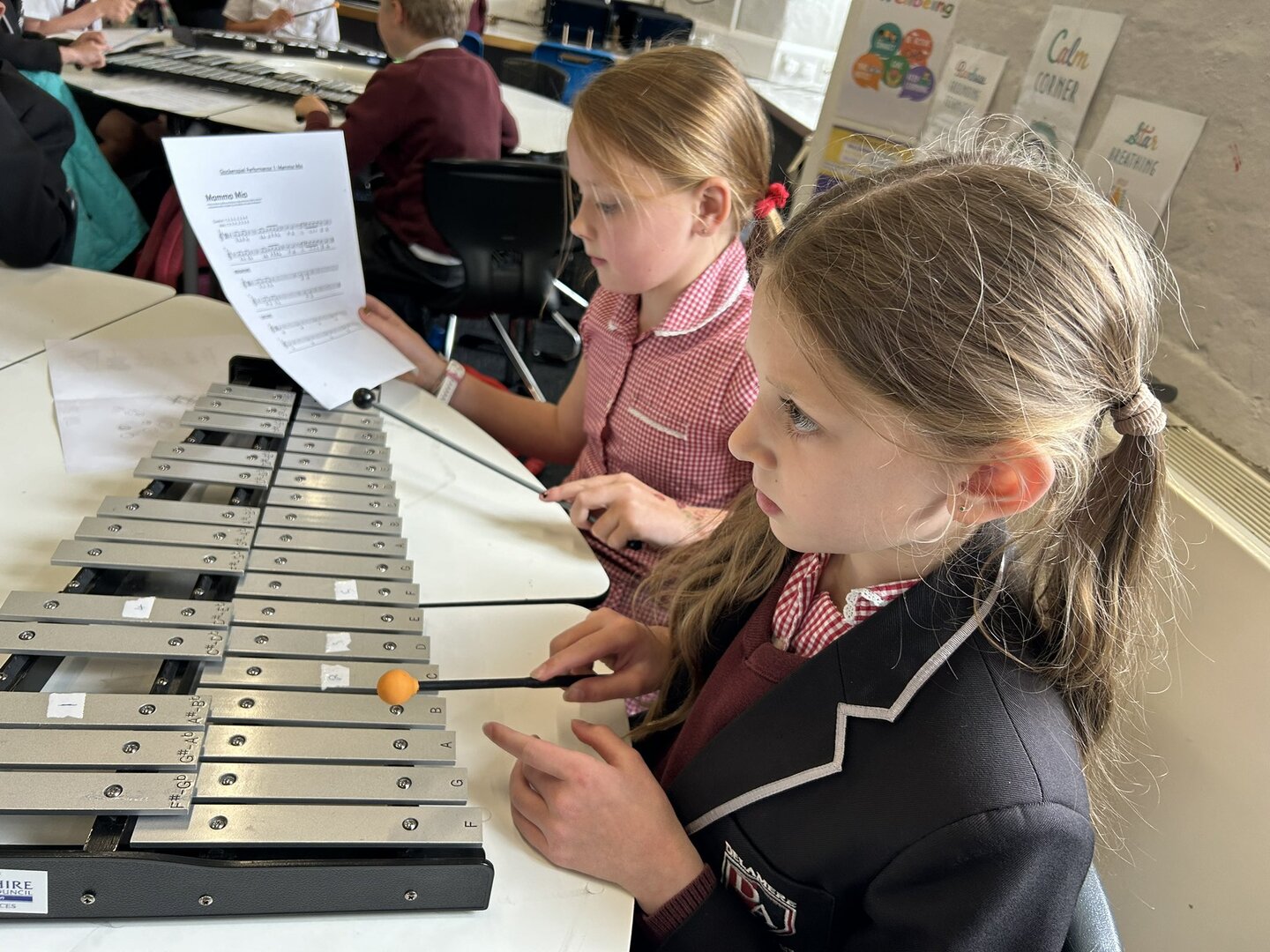
One significant hurdle schools have encountered in the wake of the pandemic is encouraging students to attend regularly. Approximately 1.8 million children are frequently absent from school, missing at least one half-day each week.
To improve attendance, schools have implemented creative incentives. For instance, Carlton has introduced rewards such as £100 and £50 shopping vouchers awarded each term to families with the best attendance records.
Mahmood-Ahmed believes that affordable flights available during term time contribute to attendance issues, advocating for stricter regulations regarding families who opt for holidaying during critical school periods. She proposes that head teachers be empowered to expel students who are absent for more than five consecutive days without proper authorization.
Furthermore, she calls on government authorities to direct more resources towards northern schools to help bridge the educational disparity with southern counterparts and provide students with better opportunities for success.
Highlighted Primary Schools
Primary School of the Year 2025: Hampden Gurney CofE Primary School, Westminster, central London
Small Primary School of the Year 2025: Springwell School, Hartlepool
Primary School of the Year in London 2025: St Stephen’s Primary School, East Ham
Primary School of the Year in the Southeast 2025: Lowbrook Academy, Maidenhead
Primary School of the Year in the Southwest 2025: St Ives Primary and Nursery School, Ringwood
Primary School of the Year in East Anglia 2025: St Thomas More RC Primary School, Saffron Walden
Primary School of the Year in the East Midlands 2025: Redhill Primary School, Derby
Primary School of the Year in the West Midlands 2025: St Filumena’s RC Primary School, Stoke-on-Trent
Primary School of the Year in the North 2025: Carlton Junior and Infant School, Dewsbury
Primary School of the Year in the Northeast 2025: St Charles’ RC Primary School, Gosforth
Primary School of the Year in the Northwest 2025: The Delamere CofE Academy, Tarporley
Explore School League Tables 2025
Discover the best secondary schools and find tips for selecting an excellent educational institution.
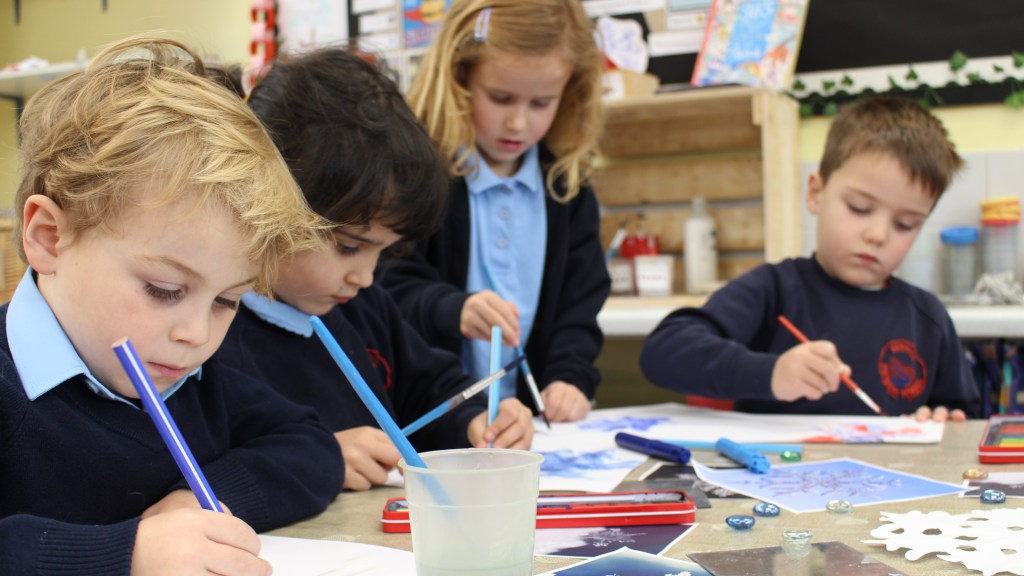

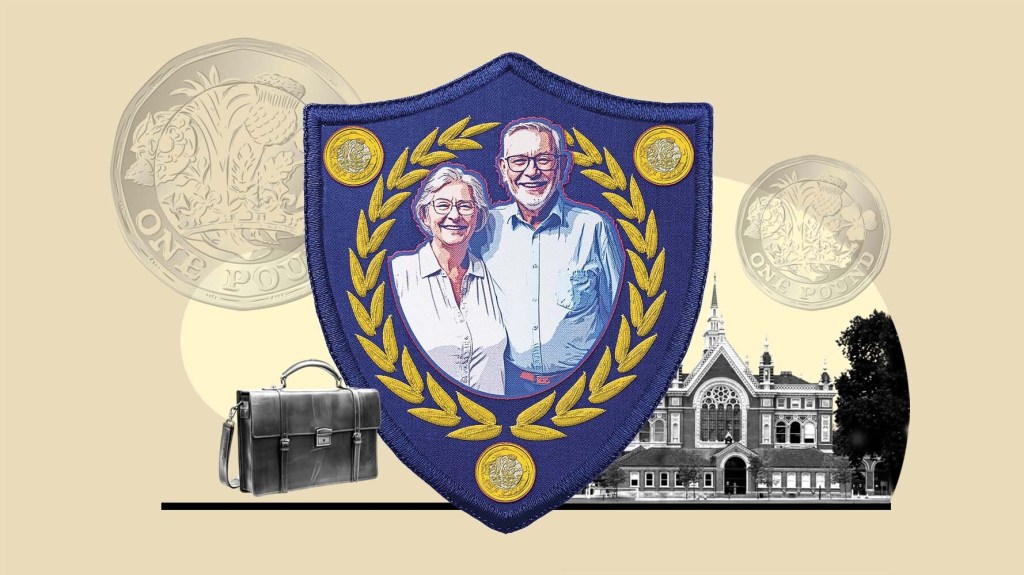

Post Comment